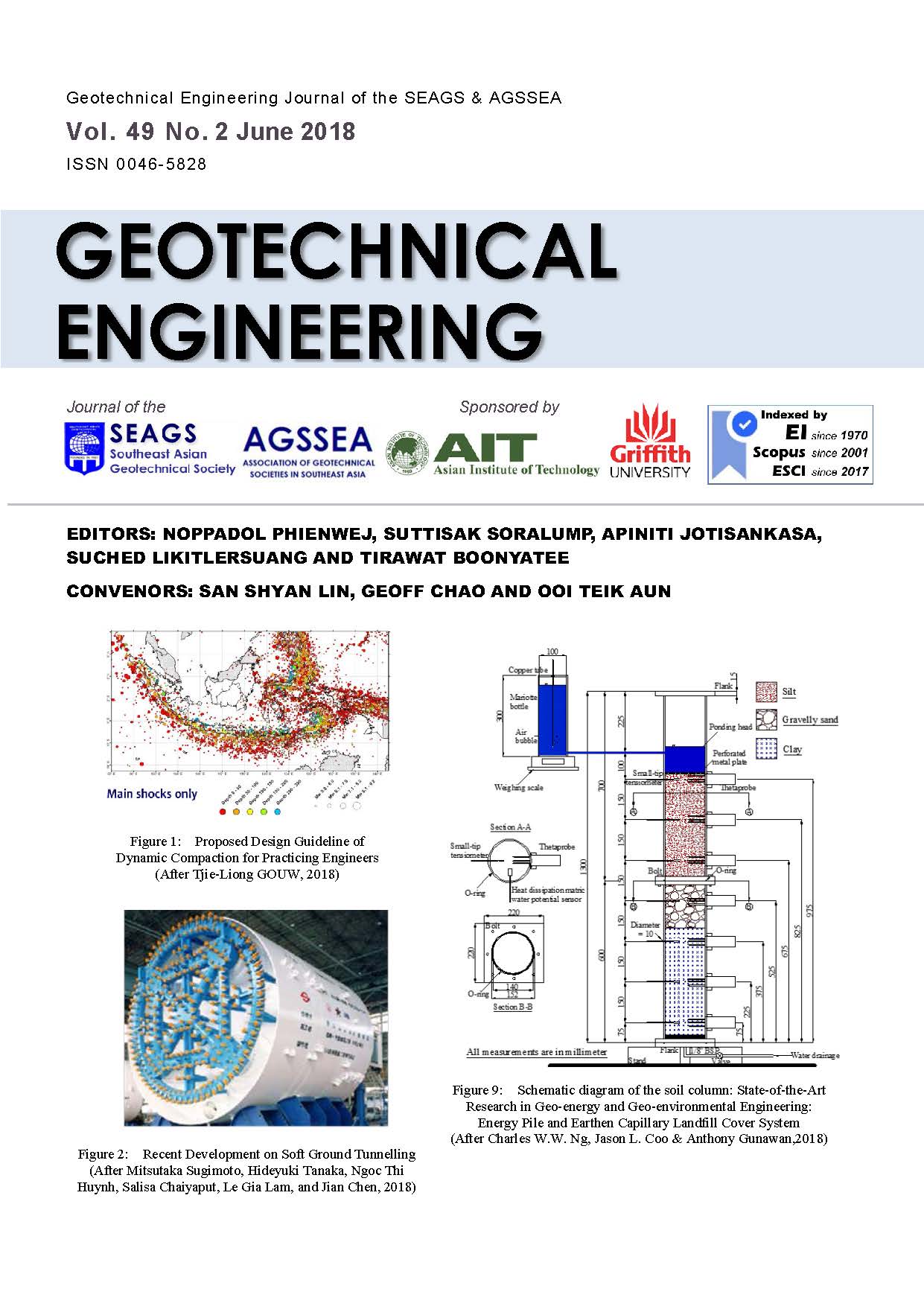Common Blind Spots in Ground Investigation, Design, Construction, Performance Monitoring and Feedbacks in Geotechnical Engineering
Main Article Content
Abstract
In geotechnical engineering dealing with risks and uncertainties, the processes involved start from the investigation with the fundamental intention to attain better understanding of the subsurface conditions and acquisition of the engineering parameters for the subsequent engineering analyses, designs, detailing, tender documentation and calling, followed by design validation tests at field and construction problem solving. With the forensic investigation experiences by the author in the past, some interesting findings and surprises are compiled in this paper to illustrate these common blind spots at the aforementioned engineering processes. The importance of desk study and sound geological knowledge in planning of investigation programme have not received sufficient emphasis in the higher education system, thus resulting in significant wastage by the trained graduate in using the investigating tools and generating excessive amount of redundant information. Some of the mistakes are fundamental errors in perceiving the engineering behaviours when using the software with intuitive and illusive perception rather than based on sound engineering understanding. There is also strain compatibility issue in mobilising material strength of composite materials with drastic stiffness contrast when approaching failure state of a soil structure interaction problems. Design validation tests are crucial to ensure design methods adopted able to reasonably behave as intended. However, the tests usually do not reveal the overall behaviours of the design in actual scale and time factors, but rather a behaviours of a special case or prototype. Geotechnical instrumentation on a larger scale with time might be a more representative of practical performance with totality. This will be more useful for review and back-analysed of a big picture performance of the geotechnical structures.
Article Details

This work is licensed under a Creative Commons Attribution-NonCommercial-NoDerivatives 4.0 International License.
Copyright © 2019 Association of Geotechnical Societies in Southeast Asia (AGSSEA) - Southeast Asian Geotechnical Society (SEAGS).


